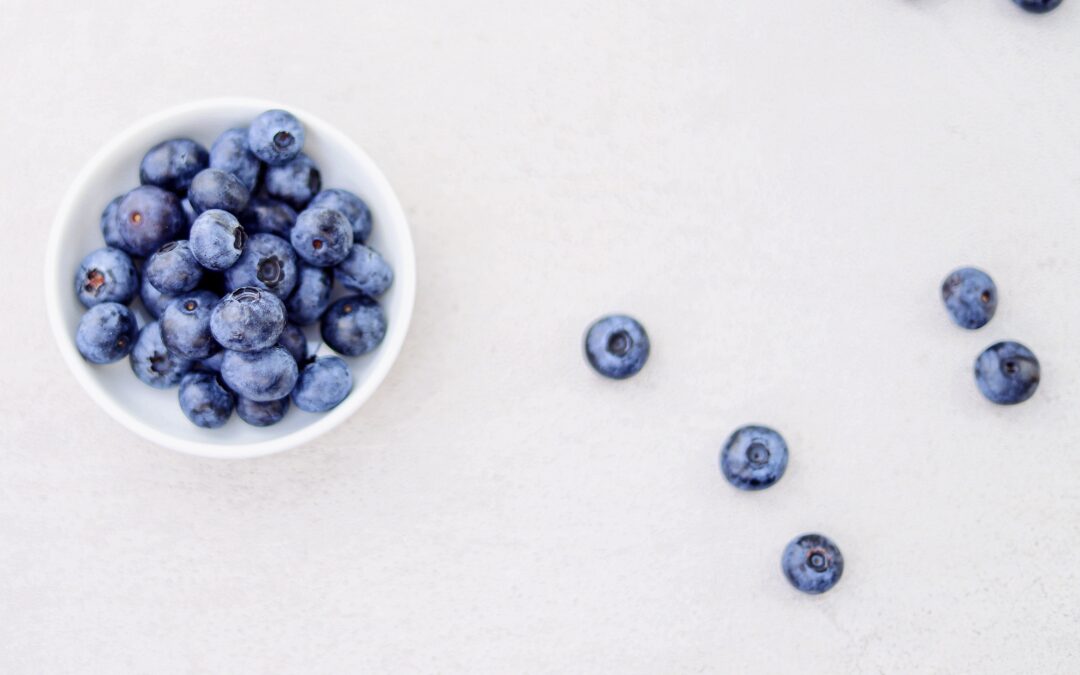Superior Health Benefits
There are blueberries that you buy at the market or grow in your yard and then there are wild blueberries (Vaccinium angustifolium). Truly wild blueberries are grown in glacial soil in northern New England and along the Atlantic Coast of Canada. Also known as “lowbush blueberries,” these berries are distinct from cultivated blueberries (aka highbush) in several important ways.
First, wild blueberries are not planted; they spread via rhizomes that spur new shoots and stems. They tend to be smaller and more compact. Wild blueberry has a more intense tangy flavor. When it comes to nutrient content, wild blueberries are superior in many ways and are the primary source for herbal supplements.
Some of the important benefits of a wild blueberry supplement:
- High in vitamins including Vitamin C, minerals, and fiber.
- Abundant in antioxidants, especially anthocyanin, which is recognized as a powerful anti-inflammatory compound.
- The wild blueberry plant has evolved to tolerate naturally-occurring trace metals (minerals) in the soil that other plants don’t handle effectively. These trace minerals are stored in the stem, leaves and berries.
Since it’s incredibly difficult to eat the amount of wild blueberries needed daily to provide medicinal benefit (rather than general health benefit), a botanical supplement may be taken. Holistic physicians may recommend wild blueberry extract, capsule, or tea form depending on your health concerns. Generally, wild blueberry is used to support an anti-inflammatory diet and may be recommended along with other dietary and nutritional supplement recommendations from a licensed health practitioner.
REFERENCES
- WildBlueberries.com “Wild Blueberries FAQ.” Accessed 4 August 2020.
- University of Maien Extension. “Wild Blueberry Concentrations: Antioxidants, Vitamins and Minerals.” Accessed 4 August 2020.
- Dróżdż, P., Šėžienė, V. & Pyrzynska, K. Mineral. “Composition of Wild and Cultivated Blueberries.” Biol Trace Elem Res 181, 173–177 (2018).
- Bushway, R.J., D.F.M. Gann, W.P. Cook, And A.A. Bushway. “Mineral and Vitamin Content of Lowbush Blueberries” (Vaccinium angustifolium Ait.). J. Food Sci. (1983) 48(6):1878–1878. doi:10.1111/j.1365-2621.1983.tb05109.x.
- Yang, C.S.T., & W.A. Atallah. “Effect of Four Drying Methods on the Quality of Intermediate Moisture Lowbush Blueberries.” (1985) J. Food Sci. 50(5):1233–1237. doi:10.1111/j.1365-2621.1985.tb10450.x.






